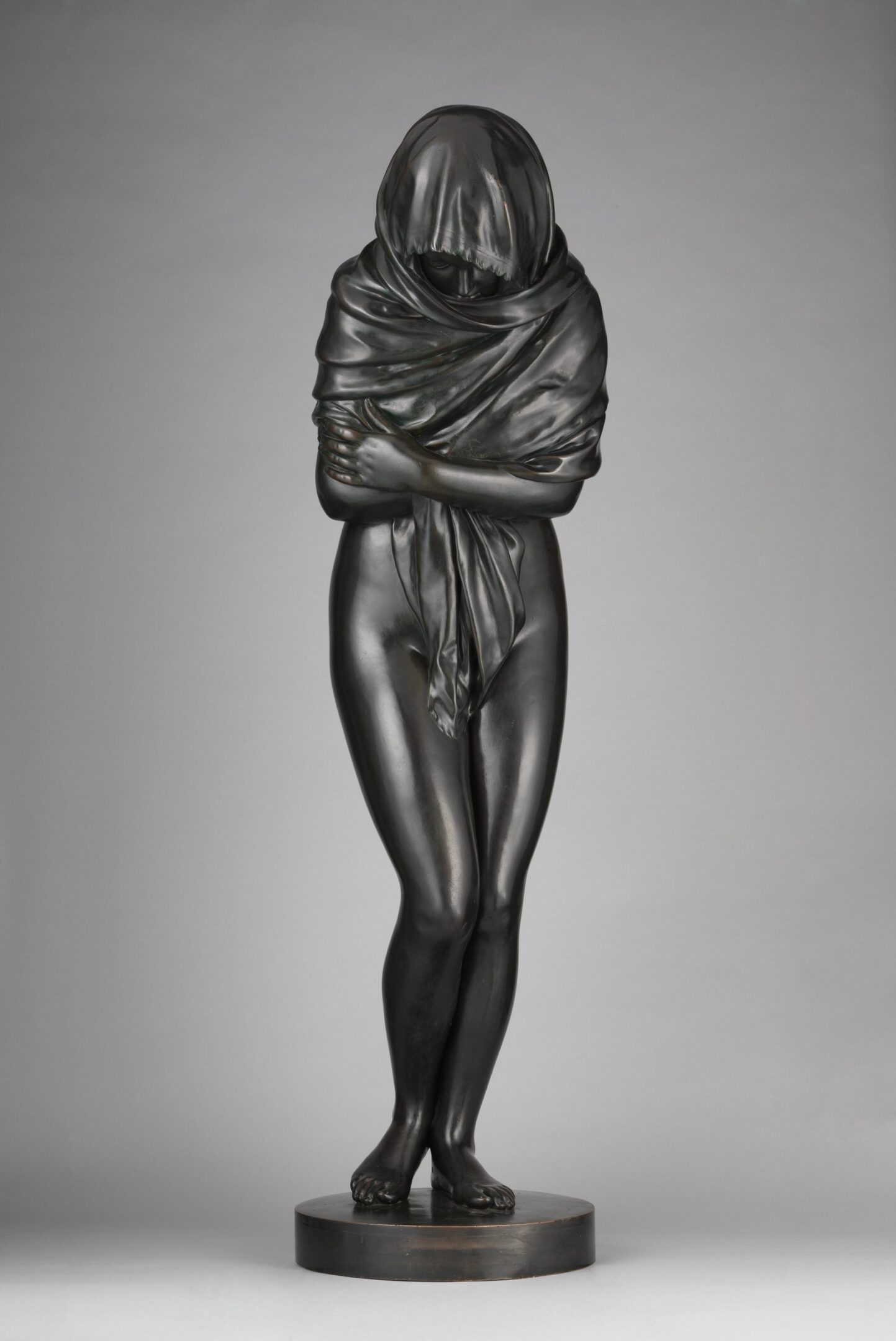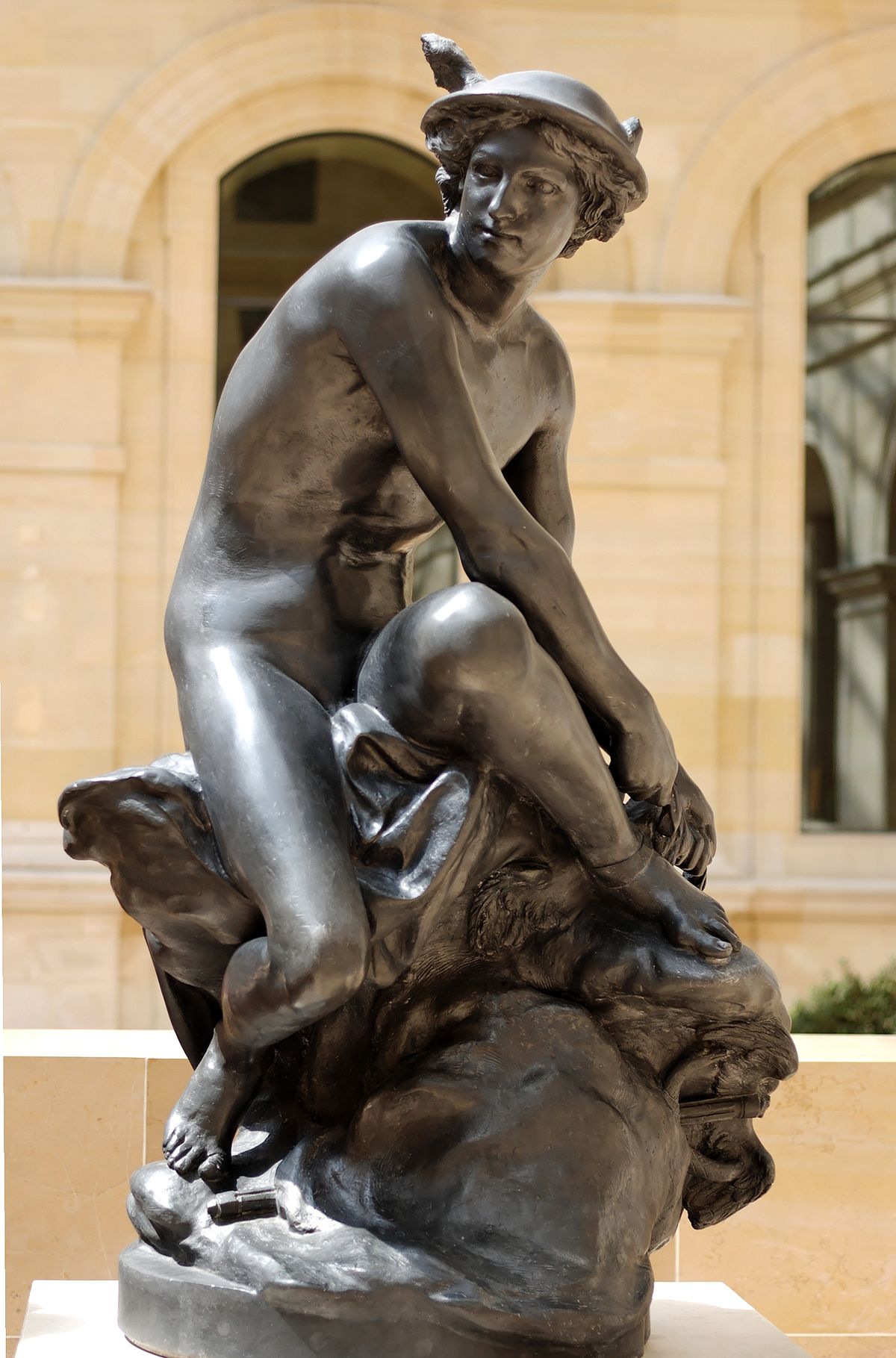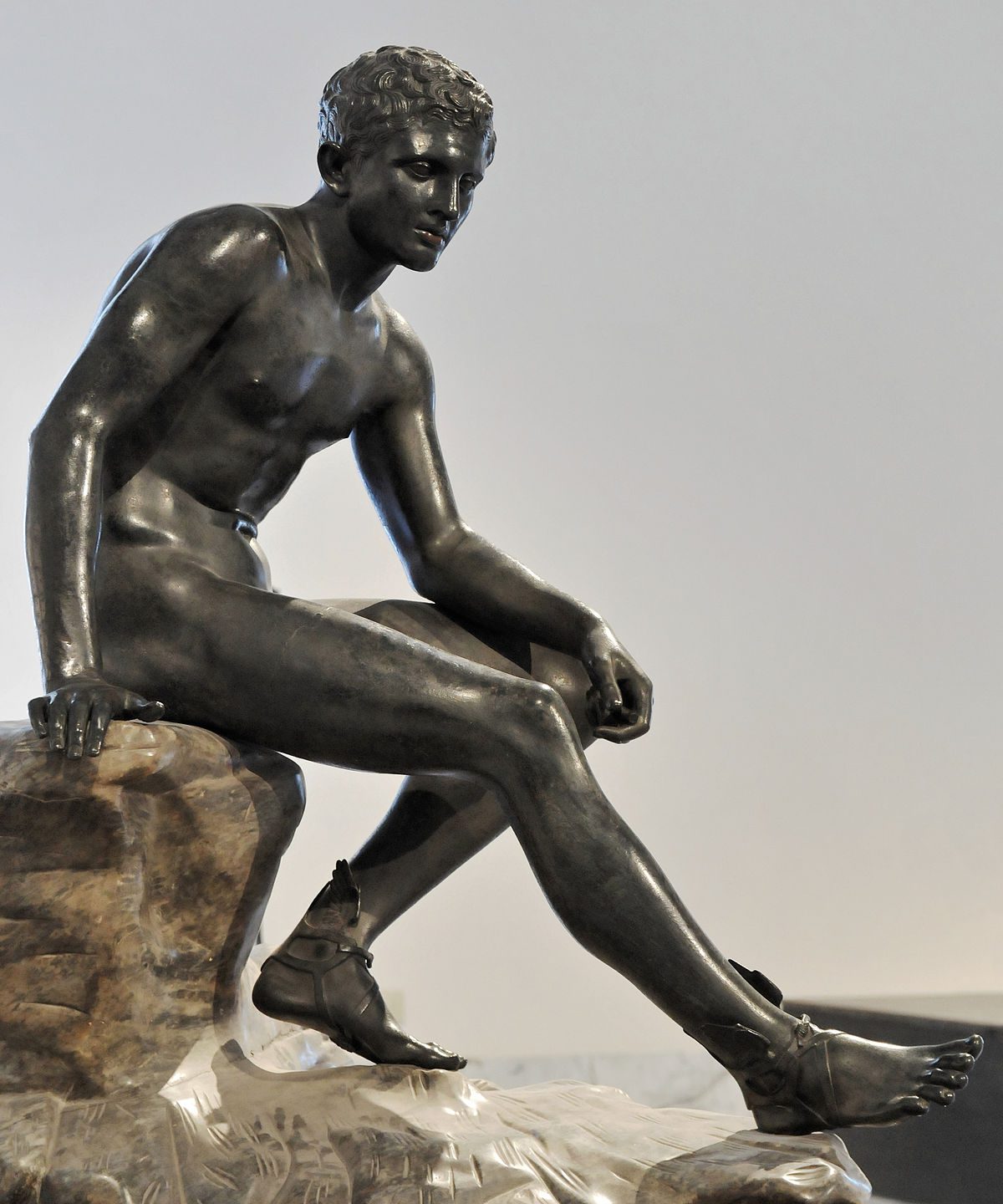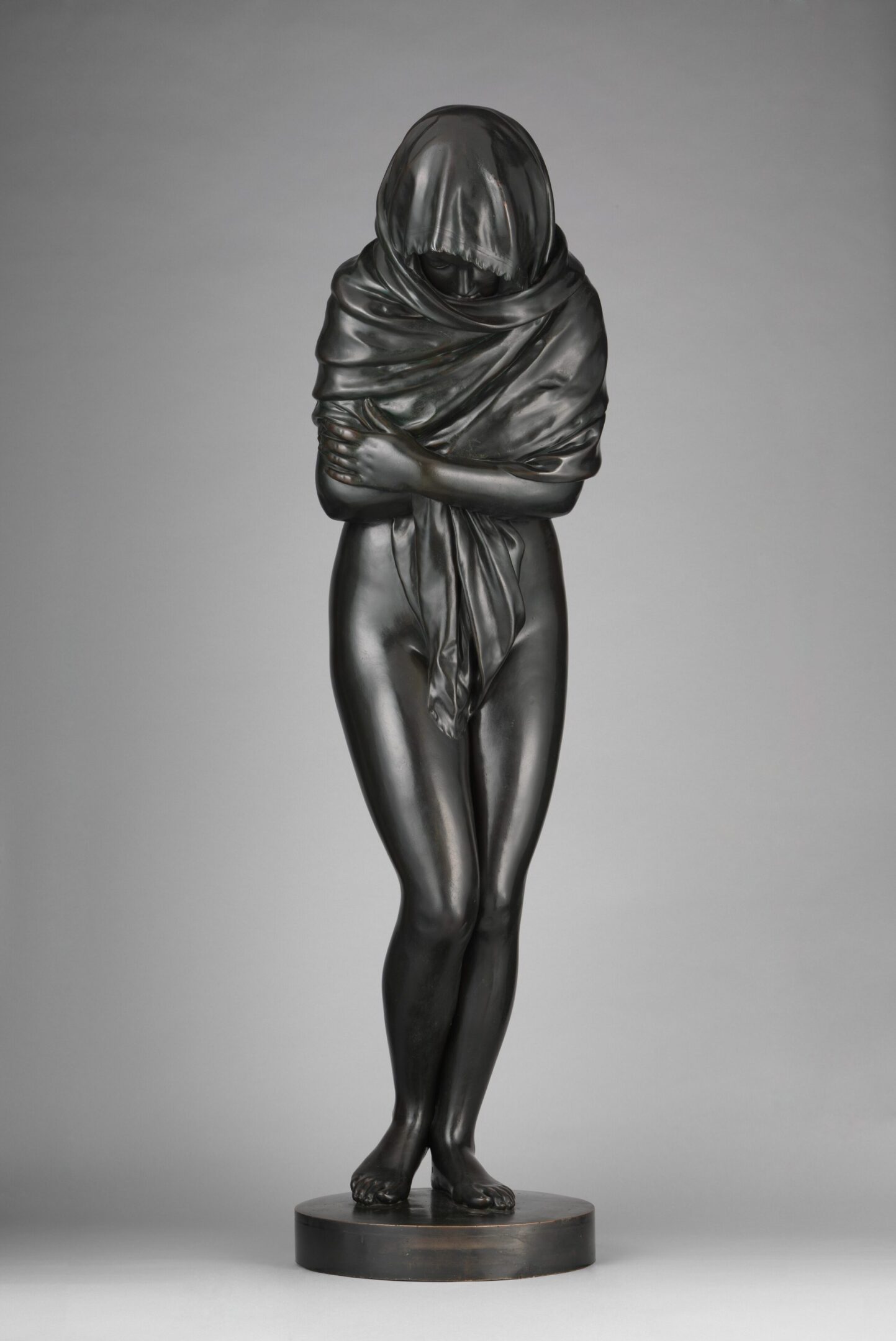Neo-classicism Sculptures 1750 - 1880
Neoclassical sculptures from 1750 to 1880 revived the ideals of ancient Greek and Roman art, emphasizing harmony, idealized beauty, and moral virtue. Carved primarily in marble and occasionally cast in bronze, these works featured serene expressions, balanced proportions, and poised, dignified poses. Artists like Antonio Canova and Bertel Thorvaldsen led the movement, creating sculptures that celebrated mythology, heroism, and civic duty with refined elegance and technical precision.
Neoclassical sculpture rejected the ornate flair of the Rococo, instead favoring clarity, simplicity, and timeless grace—serving both as an artistic homage to antiquity and a reflection of Enlightenment values.




